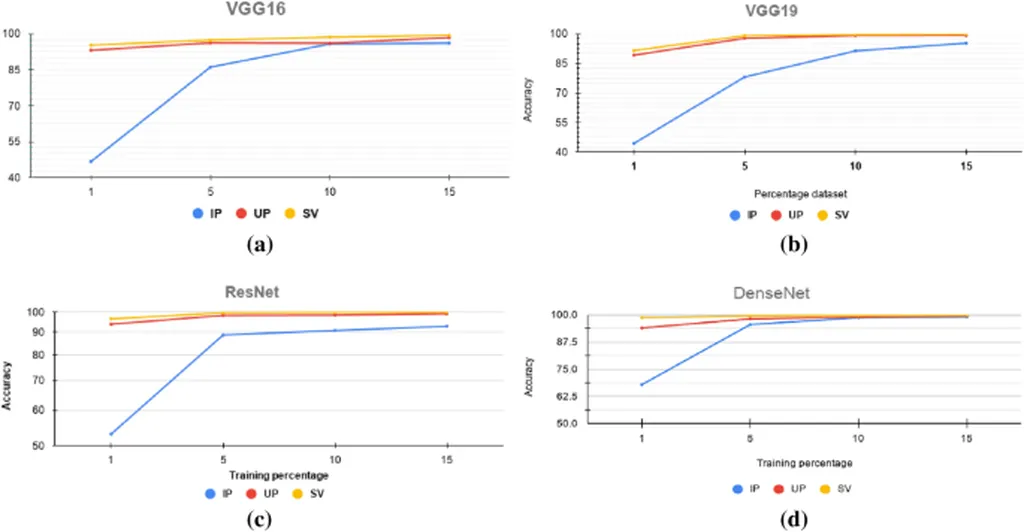In the heart of China’s Guangdong Province, a team of researchers led by Xiaoqi Huang from the South China Agricultural University has developed a groundbreaking deep learning method that could revolutionize crop classification using multisource satellite imagery. The method, named HyperVTCN, is a significant leap forward in agricultural technology, promising to enhance food security and promote sustainable farming practices.
Huang and his team recognized a critical gap in existing crop classification methods. “While current approaches focus on modeling temporal dependencies, they often overlook the intricate interactions and dependencies among different remote sensing features,” Huang explained. This oversight limits the ability to fully exploit the rich information contained in multisource satellite imagery.
To address this issue, the researchers proposed HyperVTCN, a deep learning-based method comprising two key components: the ModernTCN block and the TiVDA attention mechanism. The ModernTCN block captures temporal dependencies, while the TiVDA attention mechanism uncovers intrinsic correlations among features. This dual approach allows HyperVTCN to utilize data more comprehensively, leading to improved performance compared to other state-of-the-art models.
The results are impressive. HyperVTCN shows an overall accuracy improvement of approximately 2–3%, a Kappa coefficient improvement of 3–4.5%, and a Macro-F1 score improvement of about 2–3%. These enhancements are not just incremental; they represent a significant advancement in the field of agricultural technology.
The implications for the energy sector are substantial. Accurate crop classification is crucial for optimizing agricultural practices, which in turn can lead to more efficient use of resources and reduced environmental impact. As the world grapples with the challenges of climate change and food security, technologies like HyperVTCN offer a viable solution for enhancing model performance and promoting sustainable agricultural development.
Ablation experiments conducted by the researchers suggest that both the attention mechanism (Time-Feature Dual Attention, TiVDA) and the targeted loss optimization strategy contribute to the performance improvements. Additionally, experiments investigating HyperVTCN’s cross-feature and cross-temporal modeling indicate that this joint modeling strategy is effective.
The research, published in the journal ‘Remote Sensing’ (translated to English as ‘Remote Sensing’), highlights the potential of HyperVTCN to shape future developments in the field. As the technology continues to evolve, it is likely to play a pivotal role in addressing the pressing challenges of food security and sustainable agriculture.
In the words of Huang, “This approach has shown potential in enhancing model performance and offers a viable solution for crop classification tasks.” The journey towards sustainable agriculture has taken a significant step forward, thanks to the innovative work of Huang and his team.

